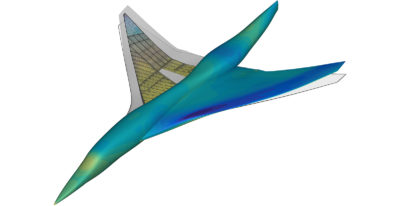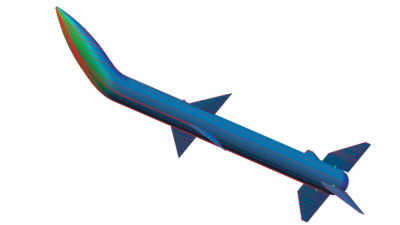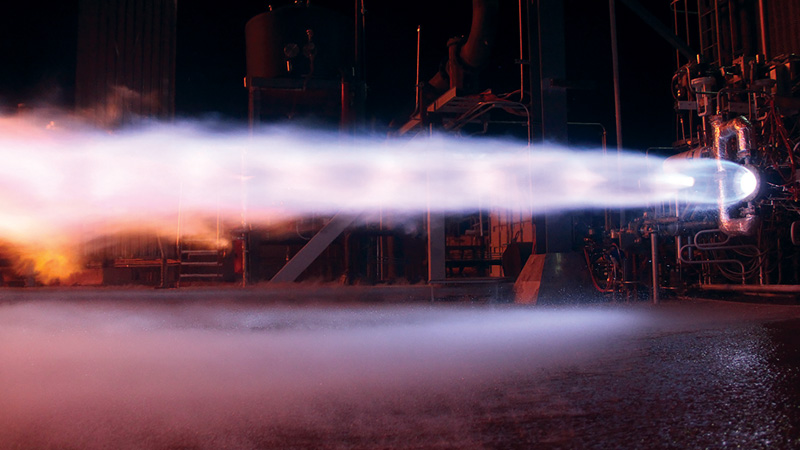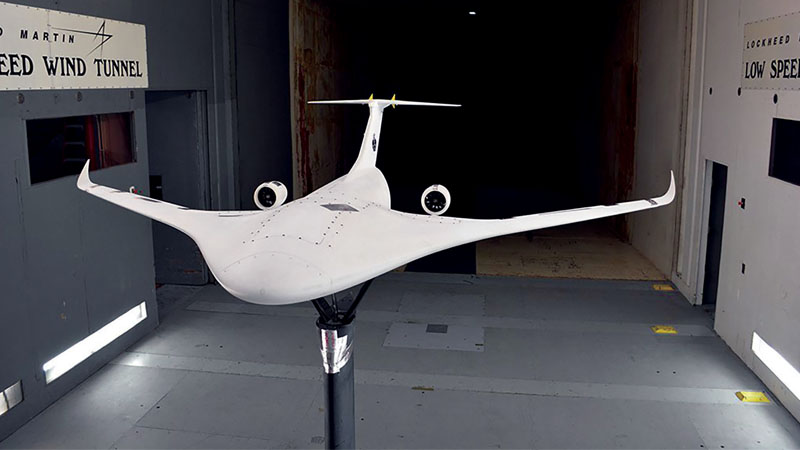Hypersonics continue to drive missile industry
By David Fox|December 2023
The Missile Systems Technical Committee focuses on technologies associated with the design, development, operations and utilization of strategic and tactical missile systems.
The U.S. continued to develop hypersonic weapons and defense technologies, following the 2022 Congressional Research Service report “Hypersonic Weapons: Background and Issues for Congress” and the success of various hypersonic programs. While high-profile efforts such as the Air-Launched Rapid Response Weapon, Hypersonic Attack Cruise Missile and Hypersonic Air-breathing Weapon Concept programs continued this year, additional activities gained the spotlight, such as the Long-Range Hypersonic Weapon, More Opportunities with Hypersonic Air-breathing Weapon Concept and Hypersonic Air-Launched Offensive Anti-Surface Warfare.
In March, the U.S. Air Force announced plans to conclude ARRW, the Air-Launched Rapid Response Weapon program, following several failed test flights with the Lockheed Martin-built prototypes, including one in March. The program is to end after an undisclosed number of additional test flights. One such test was conducted in August. The Air Force did not discuss its objectives or outcome, but said it gained valuable data to support other programs such as Hypersonic Attack Cruise Missile, HACM.
ARRW aside, Lockheed Martin continued to contribute to other programs such as the Long-Range Hypersonic Weapon. The U.S. Army intended to field the first LRHW by the end of September, pending delivery of the battery. In February, LRHW was deployed during Thunderbolt Strike, a full rehearsal of hypersonic launch capabilities.
In August, Northrop Grumman opened a new hypersonic propulsion systems manufacturing facility in Maryland. This Hypersonics Capability Center is the first U.S. facility designed specifically for large-scale manufacturing of air-breathing propulsion, including ramjets and scramjets. Scramjets for the Air Force’s HACM are to be built there, but the facility has capacity to support additional future programs across the defense industry.
Northrop Grumman also continued its partnership with RTX, formerly Raytheon Technologies, for DARPA’s More Opportunities with Hypersonic Air-breathing Weapon Concept, MoHAWC. This successor to the HAWC program was announced in July. RTX is also competing with Lockheed Martin under phase one contracts for the Hypersonic Air-Launched Offensive Anti-Surface Warfare, awarded by the U.S. Navy’s Naval Air Systems Command in March. HALO is intended to meet the Navy’s Offensive Anti-Surface Warfare Increment 2 requirement and will be integrated on the Navy’s F/A-18E/F Super Hornets. The AGM-158C Long Range Anti-Ship Missile meets the Increment 1 requirement.
In the academic world, the University Consortium for Applied Hypersonics, established in 2020, continued to enable collaboration between industry, government and academia for the Department of Defense’s hypersonic efforts. In June, Purdue University opened its Hypersonics and Applied Research Facility, which houses two cutting-edge wind tunnels and the Hypersonics Advanced Manufacturing Technology Center — intended as a location for industry partners to conduct research and testing. In addition, the new Mach 8 quiet wind tunnel, the hypersonic pulse tunnel, can simulate speeds ranging from Mach 5 to Mach 40.
It is evident that hypersonic technology will remain a pillar of research in upcoming years.


































